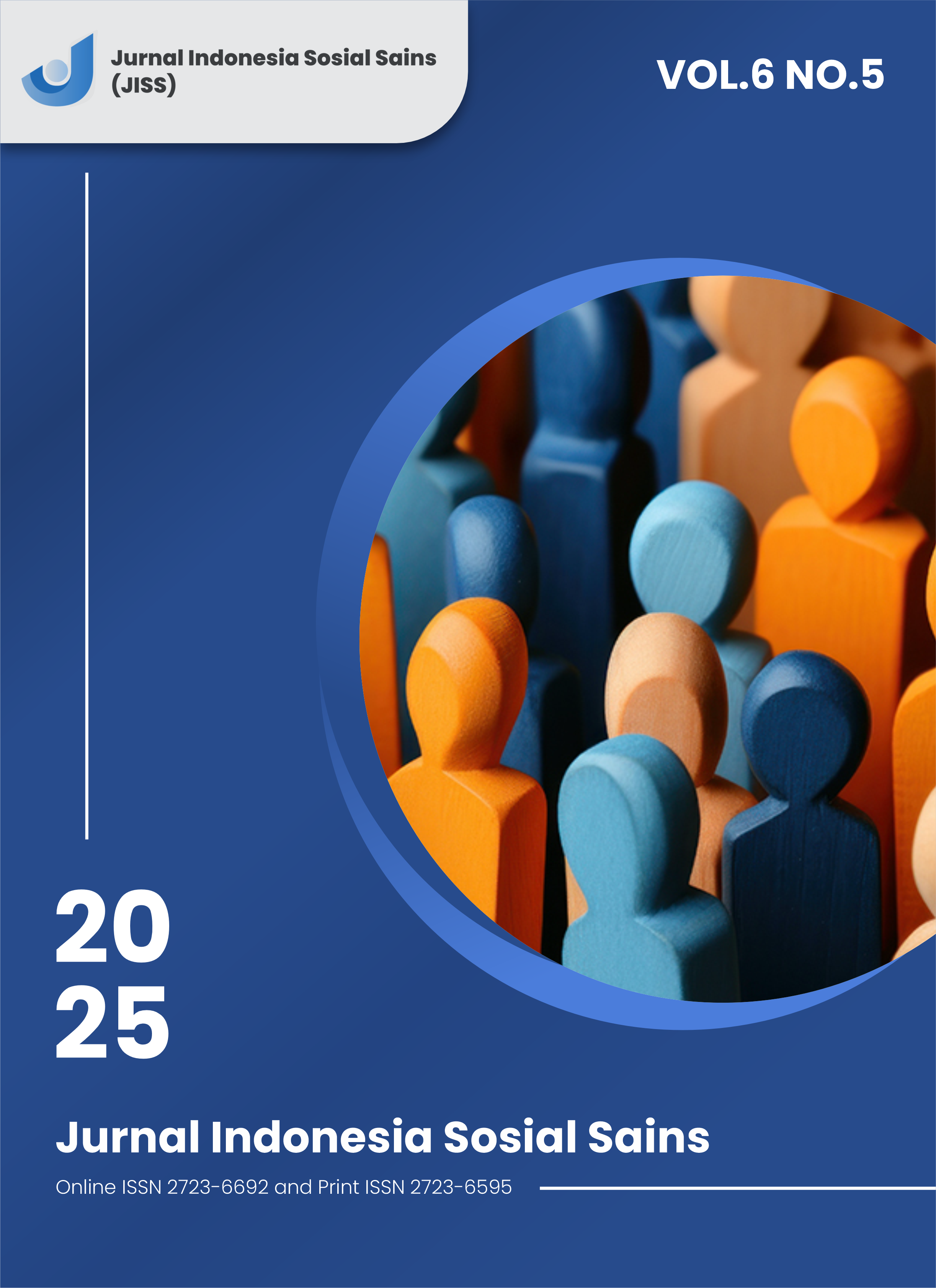Cross-Cultural Pastoral: The Practice of Indoor Grave Traditions
DOI:
https://doi.org/10.59141/jiss.v6i5.1702Keywords:
Pastoral, Pastoral Across Cultures, TraditionsAbstract
The Sangihe tribe of North Sulawesi practices indoor graves as a hereditary tradition, perceived as natural and harmonious with daily life. Despite its cultural significance, this practice raises questions about its alignment with Christian teachings and modern norms. This study explores how the GMIST Getsemani Salurang congregation reconciles the tradition with faith, aiming to develop a cross-cultural pastoral model that respects local wisdom while fostering theological reflection. A qualitative case study approach was employed, with data collected through interviews with congregants (e.g., Inyong, 60; Andri, 72) and analysis of church practices. Thematic analysis was guided by Niebuhr’s "Christ and Culture" framework. Indoor graves are viewed as acts of familial love and respect, not ritualistic worship. The church adopts a transformative pastoral approach, balancing cultural preservation with theological discernment. The research offers a model for religious institutions to mediate tradition and modernity, emphasizing cultural sensitivity in pastoral care. It contributes to broader discussions on indigenous-Christian syncretism in Indonesia.
Downloads
Published
How to Cite
Issue
Section
License
Copyright (c) 2025 Sastrilya Asye Lorameng, Marhaeni Luciana Mawuntu

This work is licensed under a Creative Commons Attribution-ShareAlike 4.0 International License.
Authors who publish with this journal agree to the following terms:
- Authors retain copyright and grant the journal right of first publication with the work simultaneously licensed under a Creative Commons Attribution-ShareAlike 4.0 International. that allows others to share the work with an acknowledgement of the work's authorship and initial publication in this journal.
- Authors are able to enter into separate, additional contractual arrangements for the non-exclusive distribution of the journal's published version of the work (e.g., post it to an institutional repository or publish it in a book), with an acknowledgement of its initial publication in this journal.
- Authors are permitted and encouraged to post their work online (e.g., in institutional repositories or on their website) prior to and during the submission process, as it can lead to productive exchanges, as well as earlier and greater citation of published work.












